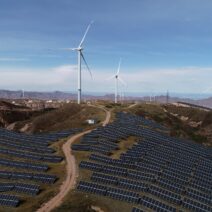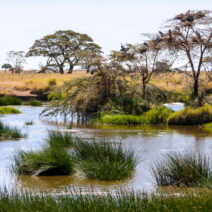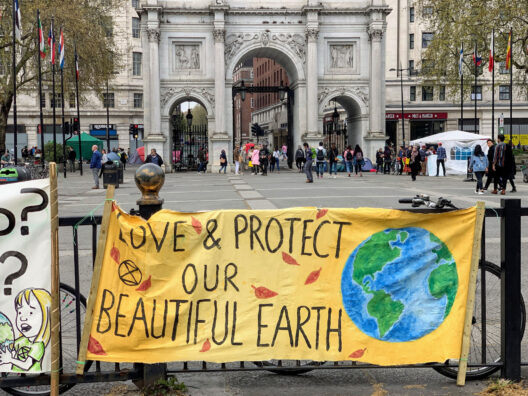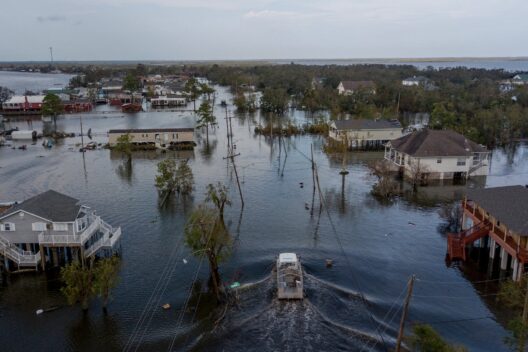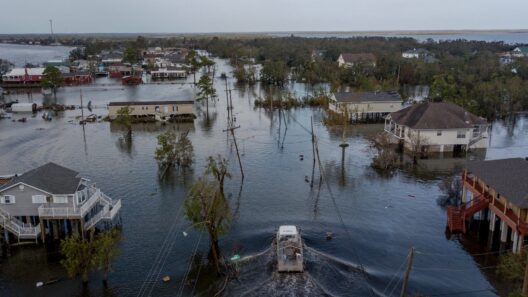The earth is a grand stage, where the varied performances of weather and climate unfold daily. While they inhabit the same realm, they represent different acts in the theatrical play of environmental phenomena. Understanding the distinction between weather and climate is pivotal for grasping the dynamics of our planet’s atmosphere and our environmental challenges. As we journey through the intricate tapestry of atmospheric science, let us delineate how these two elements differ and why this knowledge is crucial.
Weather can be likened to an artist’s brushstrokes on a canvas, fleeting and ever-changing. It manifests in moments—clear skies one second, followed by thunderous clouds the next. Weather encompasses the short-term atmospheric conditions in a particular area, characterized by phenomena such as temperature, rain, wind speed, and humidity. In essence, it is the environmental mood of a specific time and locale, fluctuating with capriciousness, much like our own emotions. If you have ever felt a sudden downpour on a bright sunny day, you have witnessed the unpredictable nature of weather firsthand.
On the contrary, climate serves as the overarching narrative, akin to the book that chronicles the various chapters of weather over extended periods—typically, 30 years or more. Climate encapsulates the prevailing regional patterns and trends, ultimately providing a deeper understanding of the atmospheric framework. While weather grasped in a moment may bring about a light drizzle or a balmy breeze, climate informs us whether we should expect five rainy days next month or a drought in the summer months ahead. This brings us to one of the crucial distinctions: the time scale.
We must dig deeper into the layers of time to appreciate fully how weather and climate differ. Weather operates on a micro scale, with phenomena that can change within hours or days. Think of it as a local gossip that flits from one person to another. In contrast, climate is macro; it’s the accumulated wisdom of decades, a long-standing conversation about what to expect from the skies. Observing how a specific area’s weather behaves over the years helps us understand its climate—whether it leans towards aridity or enjoys a more temperate disposition.
Another key divergence lies in their geographical influence. Weather, with its localized effects, can fluctuate dramatically within short distances. For example, while one neighborhood might succumb to the fury of a hailstorm, a town just a few miles away could bask in sunshine. This represents the localized characteristics of weather influenced by microclimates created by topography, vegetation, and urban development.
In stark contrast, climate encapsulates a broader geographical scope. It deals with multi-regional agreements and patterns that transcend borders. On a larger scale, we speak of tropical, temperate, and polar climates—each exhibiting long-term temperature averages and precipitation patterns. Understanding these larger climatic zones allows us to anticipate global phenomena like El Niño or Arctic Oscillation, which can induce outcomes far beyond their immediate effect.
Moreover, our discourse would be incomplete without acknowledging human influence. The emergence of anthropogenic climate change has blurred some lines between these two concepts. The weather may still behave like a sporadic artist, but it is now increasingly being influenced by the warmer colors of climate change. Unprecedented weather patterns—intense storms, prolonged droughts, and heatwaves—can often be traced back to shifts in our planet’s climate. This intertwining raises critical questions about adaptability and sustainability in our rapidly changing environment.
Weather alerts through smartphone notifications point to immediate actions—an impending snowfall or a severe thunderstorm warning—while climate data fosters a broader understanding of the actions necessary to combat long-range challenges like global warming. Our capacity to adapt relies less on reacting to the daily forecast and more on interpreting climate trends and patterns. Understanding the rhythm of these two aspects of our environment equips us to make informed choices, from reducing carbon footprints to supporting conservation efforts.
One cannot ignore the role of technology in deciphering the convoluted relationship of weather and climate. State-of-the-art meteorological satellites and climate models paint vivid images of our atmosphere’s ballet. Weather forecasts rely on real-time data and advanced algorithms to predict outcomes, often with astounding accuracy. Conversely, climate prediction requires extensive historical data and complex simulations, making it more of a laborious endeavor but vital for formulating long-term policies. The tools we employ are imperative for navigating both the whims of weather and the slow songs of climate.
In conclusion, the distinction between weather and climate is not merely academic; it is crucial for effective environmental stewardship and comprehension. While weather captivates us with its immediacy and vigor, climate provides the essential framework within which our worldly concerns unfold. As society grapples with the pressing issues of environmental change, recognizing each facet’s unique appeal can lead us to a more informed and proactive stance. In the grand theater of nature, let us learn to appreciate both the fleeting scenes of weather and the majestic sweeping vistas of climate, for both are integral to understanding the world we inhabit.
